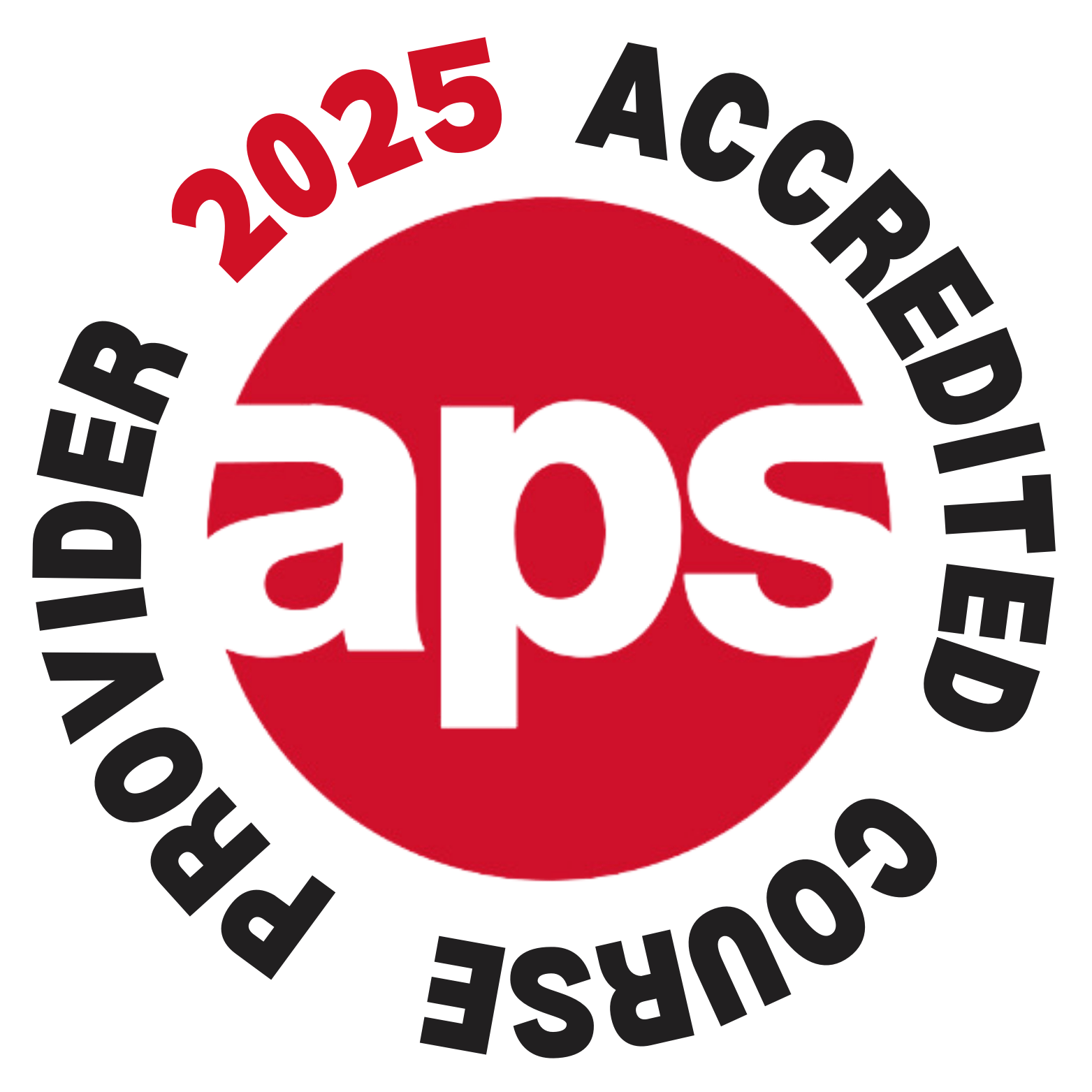APS Accredited – The role of the Principal Designer under CDM 2015 (2 Day)
- Course focuses on CDM 2015 regulations for health, safety, and welfare in UK construction projects.
- Intended for design organizations aiming to fulfill Principal Designer role.
- Key learning outcomes include understanding CDM 2015, duty holders' responsibilities, and risk management.
- Course covers health and safety law, CDM Regulations 2015, and duties of duty holders.
- Completion leads to APS accreditation and potential Associate membership.
Overview
The Construction Design and Management (CDM) training course focuses on educating design organizations in the UK construction sector about the legal requirements under CDM 2015. The course aims to equip participants with the necessary skills and knowledge to fulfill the role of Principal Designer on construction projects. Key learning outcomes include understanding UK health and safety law, CDM 2015 scope, duty holder responsibilities, risk management, and promoting health and safety standards. The course spans two days and includes practical exercises, discussions, and an exam to assess knowledge acquisition.
Who should attend
Design practices, engineering consultants, project management organizations.
Accreditations

Course Content
Course Outline:
Key Learning Outcomes
On completion of the course delegates should:
- Be aware of the structure and range of UK health and safety law;
- Understand the scope and application of CDM 2015;
- Know the potential duty holders and what is expected of them;
- Recognise the appropriate level of advice and assistance needed to support the client on any given project;
- Evaluate what pre construction information will be appropriately required and passed on to other relevant duty holders on any given project;
- Appreciate the way in which duty holders’ interface with the Principal Designer;
- Recognise and apply suitable management arrangements for successful pre construction phase health and safety;
- Be familiar with the principals of prevention hierarchy of control taken from the Management Regulations and know how they can be applied at all stages of a construction project;
- Be familiar with appropriate design risk management techniques and how to record the significant outcomes;
- Know how to evaluate others’ designs to ensure adequate regard has been taken to ensure the health, safety and welfare of constructers and maintainers of structures, and persons who use a structure which has been designed to be used as a workplace;
- Promote co-operation and co-ordination between all other duty holders during the pre-construction phase in order to ensure the highest levels of health and safety standards are identified and attained for all phases of a project;
- Discern how to compile a meaningful health and safety file with the appropriate level of information for any given project;
- Be capable of sourcing and applying the various supplementary official and industry advice, guidance and reference material available for Principal Designers.
Purpose and Reason Why
The Construction Design and Management Regulations 2015 (CDM 2015) came into force on April 6th and provide the main legal requirements for managing health, safety and welfare on construction projects throughout Great Britain (including it’s territorial sea and the ‘renewable energy zone’). These Regulations are criminal law and conformance by persons and organisations affected is not optional. It is compulsory to comply with them, and failure to meet the requirements would mean a breach which could lead to prosecution, fines and irreparable damage to a company’s credibility. However, they are but one set in a range of many health and safety regulations which exert influence on UK construction projects. The primary legislative requirements can be found in the Health and Safety at work etc Act 1974 under which all relevant health and safety regulations fall under.
CDM 2015 replaces the current 2007 Regulations (which will be revoked) and announces many new requirements and sees the introduction of a new duty holder ‘the Principal Designer’. The Principal Designer attracts the key responsibility for ensuring the pre construction period is planned and managed in such a way that secures the health, safety and welfare of others involved or affected by the project. The role of the Principal Designer begins as early in the project as possible, including concept stage when the client is considering project protocol, and procurement routes are determined.
The Principal Designer role duties are similar to the departing CDM Co-ordinator under CDM 2007 but with a few differences (in some circumstances your organisation could find themselves attracting legal duties and responsibilities even without a written formal appointment or agreement with a client). If your organisation intends to perform this role in the future or could by default, now is the time to get your staff trained up to fulfil this pivotal legal position. CDM 2015 applies to all building and construction work including new build, renovation, refurbishment, extensions, conversions, demolition, dismantling, repair and maintenance and will impact on any person or organisation who is involved in any associated design work.
Who is this course intended for
This CDM training course is primarily intended for design organisations currently operating in the UK construction sector who propose to fulfil the role of Principal Designer on future construction projects. It is aimed at duly technically competent organisations that require supplementary training in order to provide them with the additional necessary skills and knowledge necessary to accept such an appointment under CDM 2015 (on suitable projects for which they have an appropriate level of relevant experience). This course is ideal for design practices, engineering consultants and project management organisations who currently operate such an undertaking in Great Britain. Local Authority design and management departments may also find this course useful, particularly where they undertake a design role during the earlier stages of a project. In these circumstances they may well be deemed to attract the Principal Designer role, unless they have made other arrangements with a third party using a written appointment.
Who Should Attend
Course Syllabus
Day 1
Session 1 Opening and setting course objectives
Introduction of trainer and delegates, complete attendance register, talk through objectives, syndicate exercises and exam. Brief safety induction and emergency arrangements.
Session 2 Structure of Health and Safety Law
- The Health and Safety at Work Act 1974.
- The Management of Health and Safety at Work Regulations 1999. Approved Codes of Practice and guidance.
- Prosecutions and the justice system in Scotland.
Syndicate exercise –
Identification of statutory instruments applicable to a typical construction project scenario.
Session 3 Introduction to CDM Regulations 2015
Brief history, background and development of the regulations. When and how the regulations apply to a project. Definitions of official terminology used including a structure and construction work. Identification of the various duty holders and their legal responsibilities. Accidents and ill health in construction. Group discussion on trends and underlying causes.
Syndicate exercise –
Identification of main causes of fatalities and ill health on UK construction sites.
Day 2
Session 1 Setting day two objectives and programme
Group discussion regarding day one course content and attainment of learning objectives.
Session 2 Function and responsibilities of the Principal Designer (PD)
Identifying who should fulfil this legal position. Appointment of the PD – when, how and by whom. Providing advice and assistance to the client regarding existing and required information, project protocol, and procurement options from the onset. Collation and dissemination of pre construction information. Liaison with other duty holders including the Principal Contractor. Requirements for the Construction Phase Plan and Health and Safety File.
Syndicate exercise –
Health and Safety File content for case study provided
Session 3 Design Risk Management
Skills, knowledge and experience requirements relevant to a particular project. Definitions and evaluation of key terminology used during design risk assessment including hazards and risk. Design risk assessment techniques and practical examples.
Syndicate exercise –
Hazard identification and risk assessment of typical design scenarios from the case study provided by the tutor.
Session 4 Audit Trails
Recording the findings of the risk assessments and evaluating information required by other duty holders.
Session 5 Principal Designer involvement during the construction phase
Project protocol and responsibility for the health and safety file. Ongoing design during construction phase and requirements for co-operation, co-ordination and communication.
Session 6 Final discussions, examination and close out
Additional Information
You will be marked on your performance throughout the 2 day course which will include syndicate exercises, design hazard evaluations, design risk assessments, design option, health and safety file exercises and an exam at the end of day two which will be based on learning objectives for successful delegates to demonstrate they have acquired the knowledge necessary to meet the course requirements for the role of Principal Designer.
Successfully completing a 2/3-day accredited training course will give a delegate enough credit points to become an Associate member to APS. Annual subscription normally incurs a fee of £244.00 (Application fee £40 + Annual Subscription £204) but we will offer a 50% discount and waive the application fee if you join within 3 months from the date of the course – amount due will be £102.00.
Any delegate who fails the course assessment will receive a certificate of attendance.
Guidance on Regulations used on the course can be downloaded free here.
More guidance on dutyholder roles is available on the HSE website – CDM 2015.
Also see our full CDM Training Courses for related learning opportunities.



